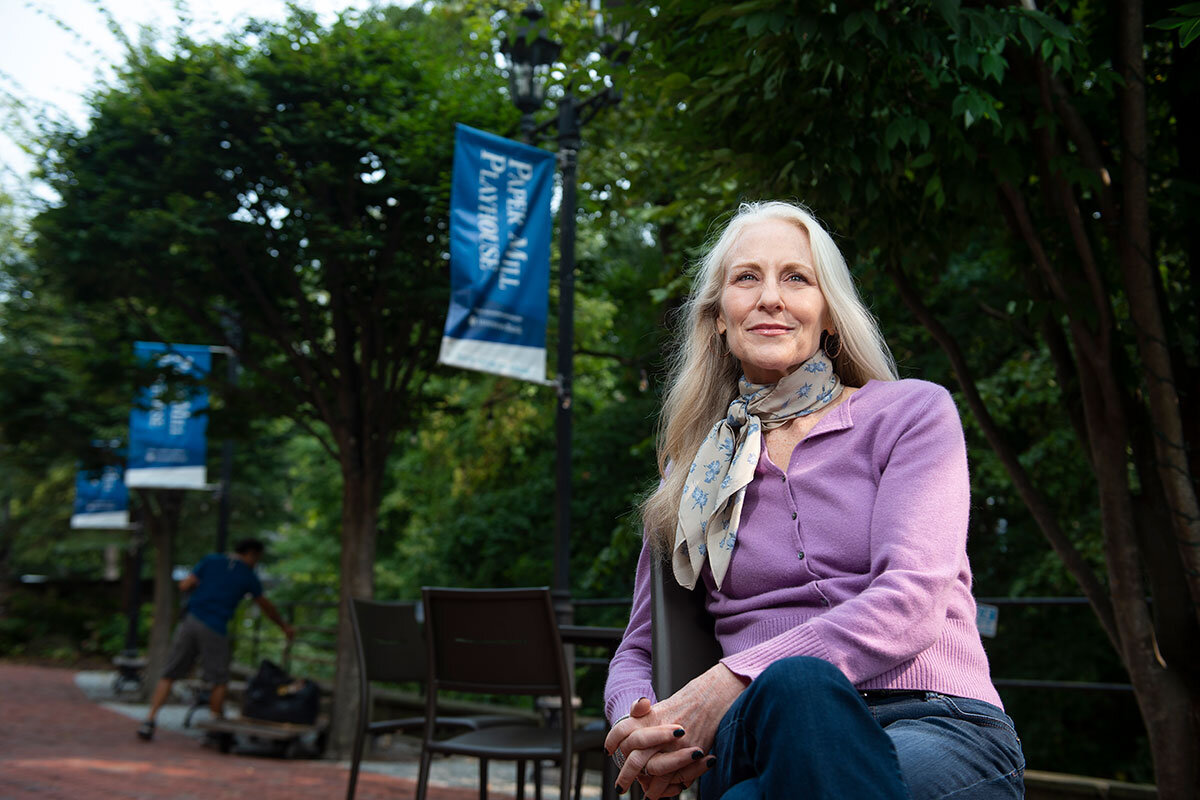The Taliban and the Afghan government have traveled a long road, rhetorically and practically, to reach the negotiating table in Qatar. With peace and/or regime change the prize, a long road ahead looms.
Monitor Daily Podcast
- Follow us:
- Apple Podcasts
- Spotify
- RSS Feed
- Download
 Laurent Belsie
Laurent Belsie
Throughout the worst pandemic in a century, economies have shown remarkable resilience. Despite dramatic declines in activity in the face of near-total lockdowns around the world this spring, many (though not all) businesses and industries snapped back smartly this summer. Those who predicted a long period of stagnation turned out to be too pessimistic.
But a resurgence of coronavirus cases in Europe is causing new uncertainty around the world. Can economies weather a second wave? Will they be more resilient, because of their experience, or less resilient because of their weakened condition? The answer may depend on policymakers.
In the past two days, the U.S. and British central banks have signaled their support in terms of continued low interest rates, even exploring, in the latter's case, negative interest rates. But that’s probably not enough. Unemployment is still high. Some businesses won’t recover.
The British government, its plate already full with Brexit, faces the end of aid to furloughed workers and is trying to contain a new virus outbreak with restrictions that don't wreak the economic havoc of the spring. In the United States, where the number of coronavirus cases is falling after a worrying rise this summer, Congress is struggling to pass a new relief bill. These crises are potential political debacles for President Donald Trump, facing reelection, and the increasingly unpopular British Prime Minister Boris Johnson. But they also represent an opportunity for both leaders to get the coronavirus response right this time and make their economies more resilient going forward.










